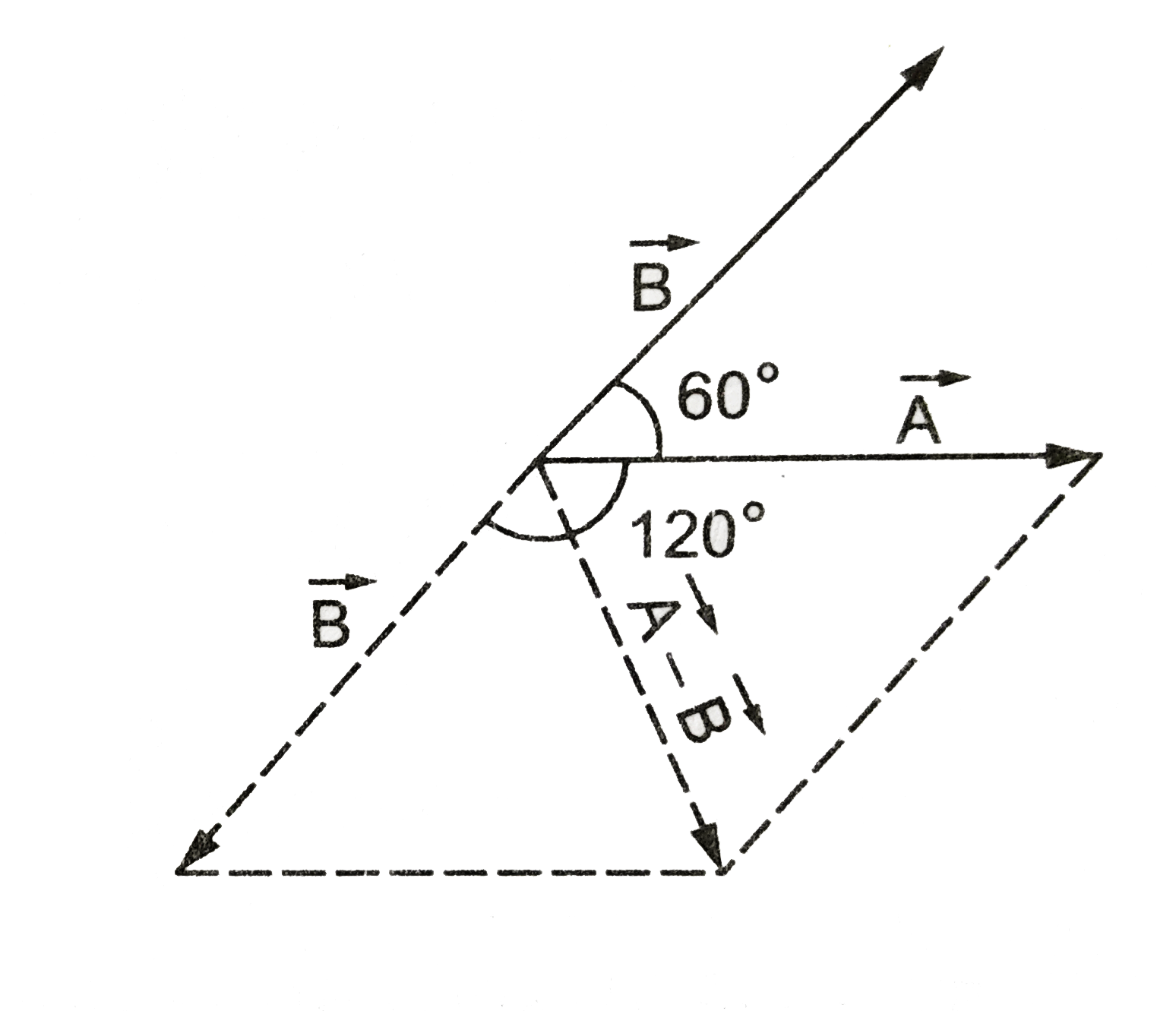A vector has magnitude and direction .Does it have a location in space ? Can it vary with time ? Will two equal vectors a and b at different locations in space necessartly have identically physical effect ? Give example in support of your answer .
A vector can have a location in space with respect to a particular frame of reference at rest . A vector can vary with time . Two equal vectors in space need not produce indentical physical effect . If a light body and heavy body are thrown vertically upwards with equal force , the maximum height attained will be different in the two cases .
Topper's Solved these Questions
- VECTORS SCALARS ELEMENTARY CALCULUS BOOK - ICSECHAPTER - VECTORS SCALARS ELEMENTARY CALCULUS EXERCISE - LONG ANSWER QUESTIONS
5 Videos
- VECTORS SCALARS ELEMENTARY CALCULUS BOOK - ICSECHAPTER - VECTORS SCALARS ELEMENTARY CALCULUS EXERCISE - SHORT ANSWER QUESTIONS
44 Videos
- VECTORS SCALARS ELEMENTARY CALCULUS BOOK - ICSECHAPTER - VECTORS SCALARS ELEMENTARY CALCULUS EXERCISE - Applications of integration in Physics
6 Videos
- UNITSBOOK - ICSECHAPTER - UNITSEXERCISE - MODULE 3 (SELECTED PROBLEMS)
38 Videos
- WAVESBOOK - ICSECHAPTER - WAVESEXERCISE - From Musical Sound
10 Videos
Similar Questions
A vector has magnitude and direction (i) Does it have a location in the space ? (ii) Can it vary with time ? (iii) Will two equal vectors →a and →b different locations in space necessarily have identical physical effects ? Give examples in support of your answer.
View SolutionAnswer the following :
(i) A vector has magnitude & direction. Does it have a fixed location in space? Can it vary with time.
(ii) Will two equal vectors →a & →b at different locations in space necessarily have identical physical effects?
(iii) Can three non zero vectors, not in one plane, give a zero resulatnt? Can four vectors do ?
(iv) Can a vector have zero magnitude if one of its components is not zero?
View SolutionTwo physical quantities are having the same dimensions. Should their units be necessarily the same? Give an example supporting your answer.
View SolutionTwo vectors of equal magnitude of 5 unit have an angle 600 between them. Find the magnitude of (a) the sum of the vectors and (b) the difference of the vectors.
 .
.  .
.
View SolutionTwo vectors having equal magnitudes A make an angle θ with eahc other. Find the magnitude and direction of the resultant.
View SolutionTwo vectors having equal magnitudes A make an angle θ with each other. Find the magnitude and direction of the resultant.
View SolutionAn object has moved through a distance. Can it have zero displacement ? If yes, support your answer with an example.
View SolutionIs it possible to have triangle, in which Two of the angles are right? Two of the angles are obtuse? Two of the angles are acute? Each angle is less than 600? Each angle is greater than 600? Each angle is equal to 600? Give reason in support of your answer in each case.
View Solution(a) What is plant breeding? List the two steps the classical plant breeding involves.
(b) How has the mutation breeding helped in improving crop varieties? Give one example where this technique has helped.
(c) How has the breeding programme helped in improving the public nutritional health? State two examples in support of your answer.
View SolutionTwo vector A and B have equal magnitudes. Then the vector A+B is perpendicular to
View Solution
